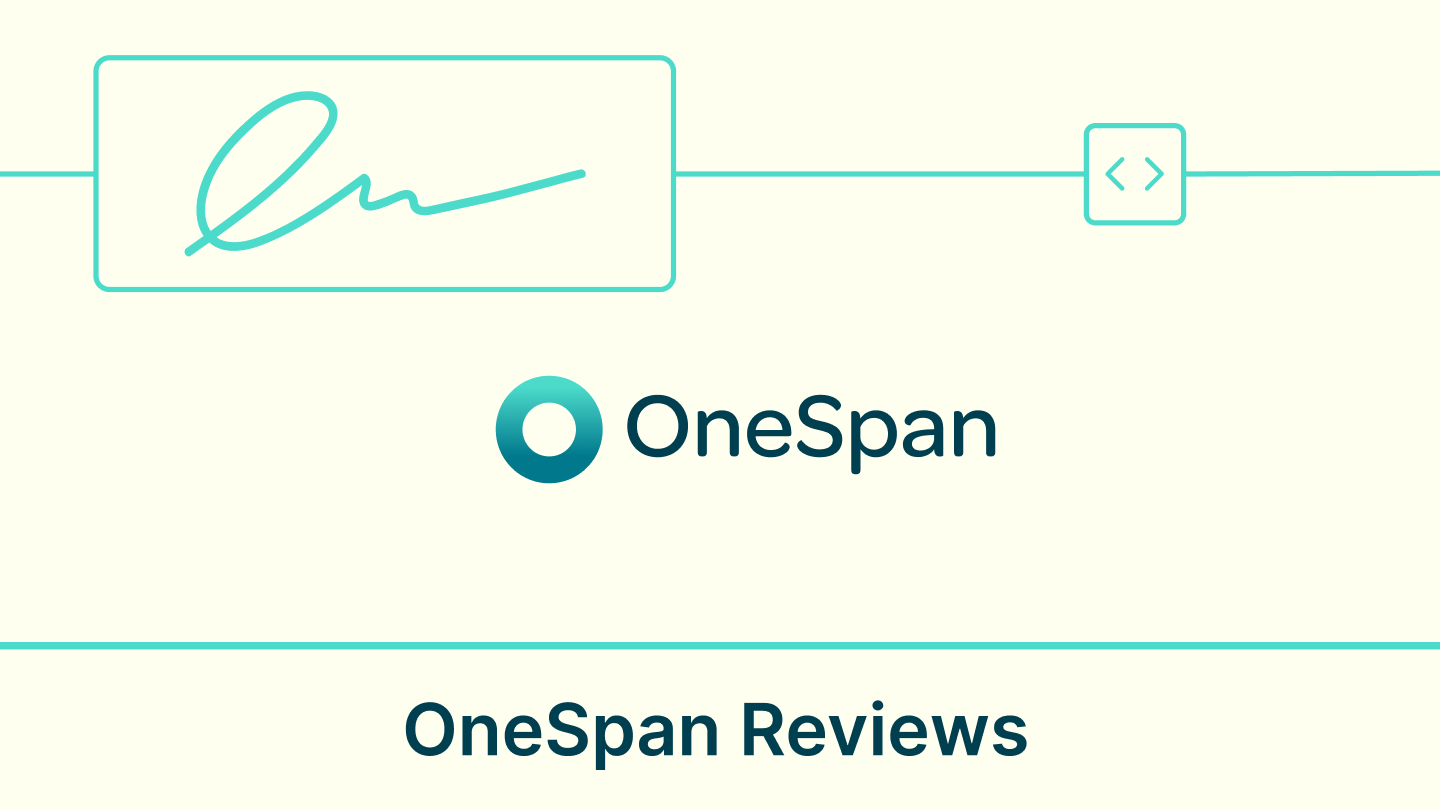We often get the question about electronic signature vs wet signature. Is an electronic signature the same as a wet signature? The answer is no. An electronic signature is the digital equivalent of a handwritten signature that allows you to sign documents and contracts online. What is a wet signature, you ask? It’s the traditional way of signing documents using ink on paper.
Between electronic signatures vs. wet signatures, executives prefer to sign documents online as it’s easier, faster, and more convenient. Wet or ink signatures have long been the standard for legally binding documents or contracts. But signing contracts with pen and paper is slowly phasing out with the emergence of electronic signatures.
What is a wet signature?
A wet signature is a physical signature made with a pen or other writing tool on a physical document, typically made in ink. It is called a “wet” signature because the ink or other substance is wet when the signature is made. A wet signature is either drawn by stylishly writing the name or using name seals, especially for companies and organizations.
Is a wet signature legally binding? Yes, wet signatures are legally binding and are used to authenticate documents and indicate agreement or consent. What documents require a wet signature only? Here are examples:
- Last Will and Testament
- Power of Attorney
- Adoption papers
- Prenuptial agreements
- Divorce decrees
- Deeds for real estate transactions
- Mortgage agreements
- Promissory notes
- Trust agreements
- Certain government forms and applications (e.g., passport applications, immigration forms)
Advantages of wet signatures
Wet signatures continue to hold importance in the business world. The top 3 advantages include
- Legality and authenticity: Wet signatures are widely accepted and legally binding for any transaction. Since it’s unique for each individual, it ensures authenticity and prevents fraudulence to a greater extent.
- Familiarity and trust: Wet signatures are easy to understand and don’t require any unique technological process. Many people are more comfortable and confident signing physical documents with a pen or other writing tool, especially businesses dealing with sensitive or confidential documents.
- Tangibility: Wet signatures require the signer to be present, usually along with signees, to sign a document. This helps leave a longer-lasting impact on the signees, and the occasion can be used for branding and other social purposes.
Disadvantages of using wet signatures
Wet signatures have long been a standard for businesses and document management. But today’s consumers expect business processes to be quick, easy, and seamless, which makes wet signatures irrelevant due to their many drawbacks. Disadvantages include:
- Time-consuming: Acquiring wet ink signatures is far slower than obtaining electronic signatures. It involves printing a document, signing it, mailing it to the recipient, and waiting for other parties to do the same. It can take days and weeks to complete.
- Inconvenient: The manual signature process requires two relevant parties to be available at the same location to sign their contracts, sometimes with witnesses. Adding more signers may make the progression more difficult.
- Cost: Signing vast volumes of documents results in high expenses for paper, ink, and delivery or travel expenses. You may also need to consider the cost of delays, potential business loss, and non-agreement between the parties.
What is an electronic signature?
eSignatures act as a digital fingerprint or unique identifier allowing a person to sign documents and contracts digitally. They provide a fast and efficient way of signing documents, making them ideal for time-sensitive transactions.
Electronic signatures can be created using various methods, including typing your name, drawing your signature on a touch screen or using a stylus, or even clicking on an “I Agree” button. Modern tools like Signeasy also include an online signature generator that lets you set up your signature quickly inside the platform. The most basic form of electronic signatures is simply the replication of wet signatures. It involves scanning a physically signed signature and uploading it into a PDF or MS Word Document.
No matter your method, they are legally binding and offer a secure and convenient way of signing documents electronically. With electronic signatures, you no longer need to handle stacks of paperwork — you can securely sign PDF online in minutes, from anywhere, and keep all your documents organized digitally.
Advantages of electronic signatures
Fast-paced businesses are looking to accelerate efficiency and overall productivity. Switching to electronic signatures offers these advantages and outweighs any advantages of collecting wet ink signatures. For example, Cleartrip used electronic signatures to improve operational efficiency in the partner onboarding process.
Some advantages of eSignatures include.
- Convenience: Documents such as agreements, contracts, etc. can be signed anytime and from anywhere, eliminating the need for in-person meetings or mailing of physical documents. It also enables better record-keeping and customer experience by reducing friction and errors in business transactions.
- Speed: Organizations can automate and digitize critical aspects of business workflows, delivering a faster, simpler, and more digitized experience. When signed electronically, contract turnaround time can reduce from weeks to days or even minutes.
- Cost-effectiveness: Electronic signatures eliminate paper, printing inks, shipping supplies, and delivery service expenses that can add up quickly, especially for companies that manage high volumes of documents.
Disadvantages of electronic signatures
Introducing new technology to an organization’s existing workflows and operations is more than likely to yield several challenges, and eSignature adoption is not an exception. Before you dive into using electronic signatures, it’s important to know the challenges and understand how to overcome them.
- Security concerns: With any digital document, there is always the risk of cyber threats such as hacking, data breaches, or identity theft. Businesses must take adequate measures, such as encryption and multi-factor authentication, to protect sensitive data.
- Technical requirements: In order to use eSignatures, businesses need to have the appropriate software and hardware in place, such as a reliable internet connection, compatible devices, and electronic signature software. On top of this, providing exclusive training to employees is necessary, adding to an organization’s expenses.
- Legal considerations: It is important for businesses to understand the legal requirements and guidelines in their respective jurisdictions and ensure they comply with them. Sometimes an eSignature may be ruled inadmissible in court due to weaknesses in security, audit logs, and authentication.
To address these challenges, businesses can consult with legal experts to ensure that their documents and processes meet legal standards and partner with reputable eSignature providers that comply with the relevant laws and regulations.
Electronic signature vs wet signature: What’s the difference?
eSignature is speeding up the flow of commerce, and wet signatures are slowing it down. According to Prescient & Strategic Intelligence, the global eSignature market is expected to exhibit a CAGR of 26.6% from 2021-2030. Moreover, eSignatures have become legal in every state and territory in the U.S. where federal law applies.
Despite the growing popularity of electronic signatures, some circumstances still call for wet ink signatures. For one, people feel intimidated to abandon familiar practices for the unknown and new technology. Second, new tools and software require extra training rounds, causing downtime.
Below we list 5 differences between electronic signatures vs wet signatures.
1. Legality
Both electronic and wet signatures are legally binding. However, eSignatures are subject to specific laws and regulations, such as the Electronic Signatures in Global and National Commerce Act (ESIGN Act) and the Uniform Electronic Transactions Act (UETA).
Electronic signatures may not be accepted for certain legal documents for various reasons, such as specific legal requirements, physical presence, or concerns about document integrity and security.
2. Convenience
Electronic signatures offer greater convenience as they can be signed from anywhere, using various devices, including smartphones, tablets, and laptops. On the other hand, wet signatures require the signer to be physically present to sign the document.
3. Security
eSignatures offer greater security as they can be encrypted and include several layers of authentication, such as passwords, PINs, and biometric identification. Wet signatures, on the other hand, are more susceptible to fraud and forgery.
4. Record-keeping
Wet signatures are prone to loss or damage. While eSignatures provide a more reliable record-keeping system as they create an electronic trail that can be tracked and stored easily on Cloud.
5. Cost-effectiveness
Electronic signatures are cost-effective as they eliminate the need for printing, mailing, and storage of physical documents. While wet signatures don’t cost a thing to sign a document but involve additional expenses such as printing, mailing, and storing physical documents, which can be costly.
Can electronic signatures replace wet signatures in 2025?
While wet signatures still hold a place in certain situations, electronic signatures are quickly gaining ground as a faster, more convenient, and more cost-effective alternative.
With the continued advancements in technology and increasing demand for online document management solutions, eSignatures will continue to grow in popularity and eventually replace wet signatures in many situations. However, adopting electronic signatures will ultimately depend on individual industries and their respective legal requirements. For example, electronic signatures are still invalid in many circumstances, such as Last Will, Adoption Forms, Passports, and in cases of citizenship and migration in Australia as per Electronic Transactions Act 1999.
Choosing between electronic vs wet signatures in 2025
When choosing between electronic vs wet signatures, it’s important to consider various factors such as the document type, the signature’s purpose, and the signatory’s preferences. Electronic signatures offer a convenient and efficient option for routine or low-risk documents. Wet signatures are preferred for high-stakes or complex transactions due to their legal recognition and perceived authenticity.
Businesses should also evaluate the regulatory landscape and ensure they use a compliant and secure electronic signature solution that meets industry standards and legal requirements.
Ultimately, the choice between electronic vs wet signatures will depend on each situation’s specific needs and circumstances. Businesses and individuals should carefully weigh each option’s advantages and disadvantages before deciding.
Breaking the cycle of print-sign-mail routine, Signeasy brings to the fore an eSignature platform that will help manage business contract workflows. The modern approach to switching to eSignatures begins with a comprehensive view of the contract management process. With advanced tracking features, Signeasy offers better document visibility and ensures high security.











